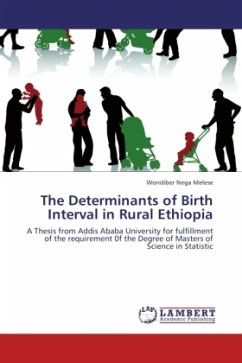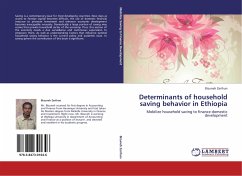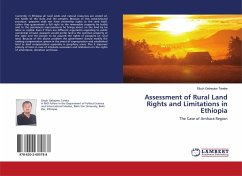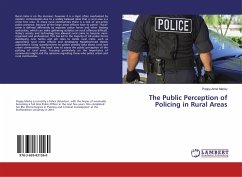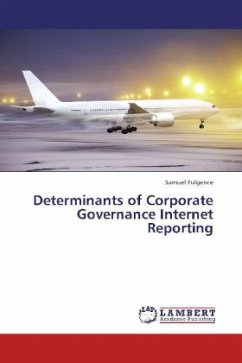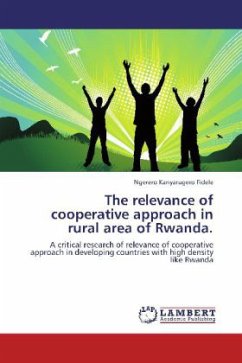The analysis of birth intervals explicitly recognizes the distinct renewable nature of the fertility process. It considers the progression from one birth to the next during a woman s reproductive life. Birth spacing among women is affected by several factors and as a result for some women a birth interval is too short; for some women the interval is too long; and for other women it is just right. Hence birth intervals play a major role on childbearing and receive attention in the study of human fertility. Wider birth interval has several benefits. Longer gap between births allows a mother more time to recover from pregnancy and delivery; the next pregnancy and birth are more likely to be at full conception and growth; there is less competition between existing children for breastfeeding, food, nutrition, the mother s time, and other resources. Therefore, Birth Interval analysis undoubtedly provides useful information on reproduction and family formation.
Bitte wählen Sie Ihr Anliegen aus.
Rechnungen
Retourenschein anfordern
Bestellstatus
Storno

